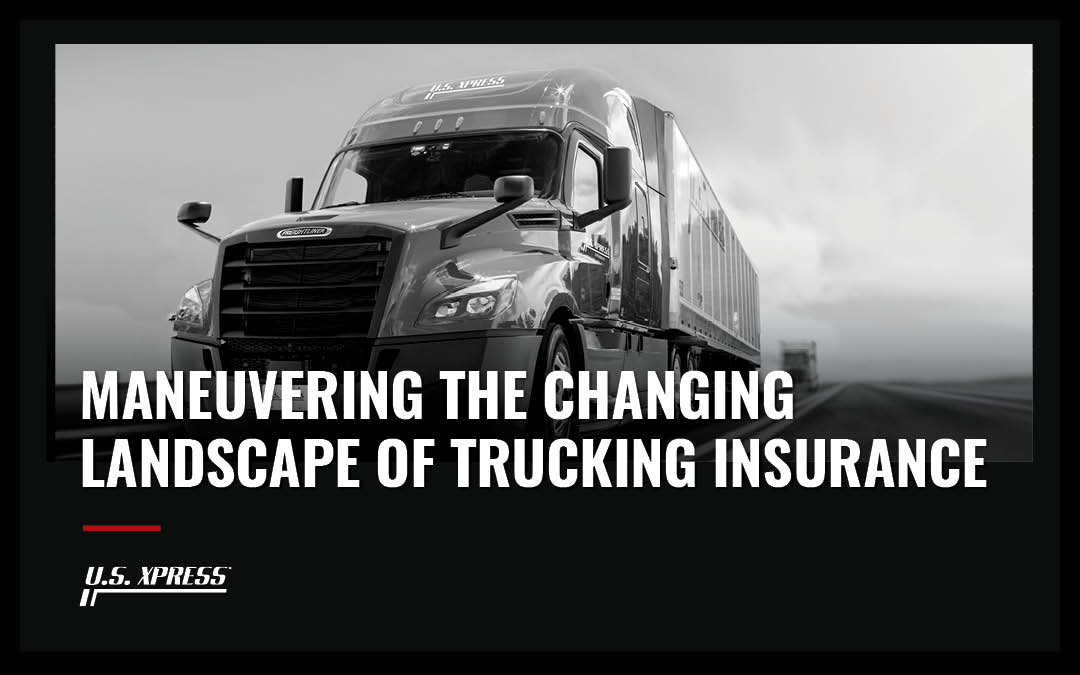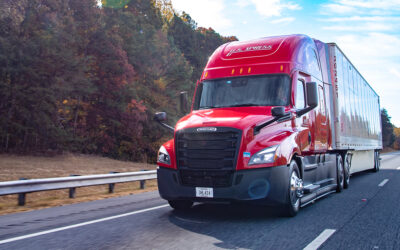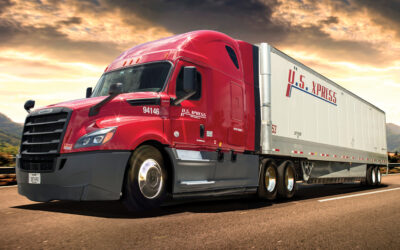Increased costs for truckload carriers and shippers have been all over the news recently, particularly when it comes to a proposed legislation requiring an increased minimum in liability insurance. The bill has already passed the House of Representatives and will soon be presented to the Senate. If it passes, the required insurance liability limits for motor carriers will go up significantly. In fact, it will more than double – from $750,000 to $2 million.
The Benefits
Needless to say, with a proposal for such a large increase in minimum coverage, there is endless controversy around the new legislation. But federal representatives like Illinois Democrat House Representative Jesús “Chuy” García stand by the bill for a few main reasons:
1. Having not been increased in over 40 years, the current insurance requirements in place don’t account for present-day costs caused by natural economic inflation.
2. Proponents of the amendment argue that it’s in the public interest for carriers to have sufficient limits to cover serious, negligently caused injuries and deaths, saying the current insurance liability requirement does not adequately compensate victims of accidents involving large trucks.
3. Organizations like the Institute for Safer Trucking believe the trucking industry will become safer if the bill is passed since carriers will be able to cover higher liability costs as well as take additional measures to help decrease the number of crashes to avoid those that will increase their insurance further.
4. Trucking carriers and shippers will be protected from holes or limits in existing policy coverage and exorbitant costs of lawsuits pertaining to crashes.
The Drawbacks
But there’s a different set of opinions coming primarily from carriers, particularly smaller ones with anywhere from 1 to even 300 trucks, and organizations who support them. Their opposition is based on a few major points:
1. Though freight is back up, during the beginning of the pandemic that wasn’t the case. Many carriers in the beginning of the pandemic took a huge hit, leaving thousands of professional truck drivers unemployed. Some argue that waiting for the economy to stabilize would be more beneficial.
2. While bigger companies may be able to afford rising insurance costs, smaller companies and independent contractors can’t, potentially causing an industry-wide lack of capacity.
3. Some experts are claiming the new legislation is only in the interest of trial lawyers. American Trucking Associations (ATA) Executive Vice President for Advocacy Bill Sullivan says, “If a change to the minimum insurance cap is to be made, it must reflect the direct input of the trucking industry and be based on actual data – not special interest pandering.”
4. Though consistently high for smaller carriers, only 2-5% of costs associated with nuclear verdicts exceed the current minimum of $750,000. With that being the case, increasing the minimum liability to $2 million won’t make a different in a vast majority of cases. On the other hand, truckers and carriers have been slapped with lawsuits costing them 10’s of millions of dollars. In that case, even with the increased minimum, most small carriers or independent contractors won’t be able to make the payment.
What can we do?
Whether or not the bill ends up passing the Senate and being implemented throughout the country, liability insurance prices will still vary. Insurance companies factor in things like risk assessments when coming up with a rate.
So how do carriers and shippers keep rates as low as possible? Todd Reiser, Vice President of Transportation for Lockton Companies, advises carriers to begin by understanding what drives high insurance rates. A few of them include:
– Declining road infrastructure.
– Inability to find good drivers.
– Aging and unhealthy driver workforce.
– Driving distraction (both commercial drivers and automobile drivers).
– Reiser and other experts say, in many instances, the facts of the case are irrelevant. Juries still tend to sway away from drivers and carriers for the benefit of families or individuals affected by a crash.
Though there are many actionable options for carriers to consider, there is one primary recommendation that not only addresses each of the above factors, but also helps keep everyone on the roads safe: the implementation of technology. Some examples include:
Dash Cameras. Studies prove nearly 80% of all collisions involving tractor trailers are NOT the truck driver’s fault. Yet, in many cases, drivers take the blame, meaning they, or the associated carrier, also takes the litigation costs and insurance premium increase. By clearly proving evidence the driver is not at fault, if that’s the case, the documentation caught on dash cams can save millions of dollars.
Hair drug testing. can help ensure carriers are maintaining a fleet of safe drivers, a simple way to avoid preventable accidents.
Electrodiagnostic Functional Assessments (EFAs). As Reiser mentions, an unhealthy driver workforce is another danger on the road. Using EFA technology, a non-invasive diagnostic tool used to record muscle function, carriers are able to determine their drivers’ baseline strength. If a driver is ever hurt on the job, they can use the baseline measurements to help determine both the best course of treatment and the most appropriate time for the driver to return to work. Put simply, EFAs help keep drivers healthy. And healthy drivers are safe drivers.
Driver simulators. The key to safety often starts with drivers, so driver development training is of the upmost importance. As part of an extensive, continuous driver training program that implements both traditional and technological training and development methods, U.S. Xpress uses a driver simulator. It allows their drivers to virtually experience different situations on the road so when they come across something similar in their career, they’ll know exactly how to react safely.
In-cab safety features. Lane Keep Assist, Traction & Stability Control, Collision Avoidance Systems, State-of-the Art Braking Technology and In-Cab Safety Training Videos are all examples of additional safety features carriers can add into their trucks to help prevent accidents.
Investing in the future. There is technology coming out every day that can help ensure the safety of our roads. Investing in it can be crucial to the future of the industry and, of course, to the costs of a carrier’s or shipper’s insurance premiums. For example, Level 4 (L4) technology, though it still has a long way to go, will undoubtedly improve road safety in the coming years by providing drivers a platform to help them deliver freight more safely than ever.
Interested in learning more about the proposed insurance legislation, what it could mean for the trucking industry, and how you can keep your costs down? Join us for an upcoming webinar, part of our Delivering Ideas series, on August 18th featuring Eric Fuller, President and CEO at U.S. Xpress, Mark Brockinton, CEO at Aon and Andrew Ladebauche, CEO at Reliance Partners. Register here.





